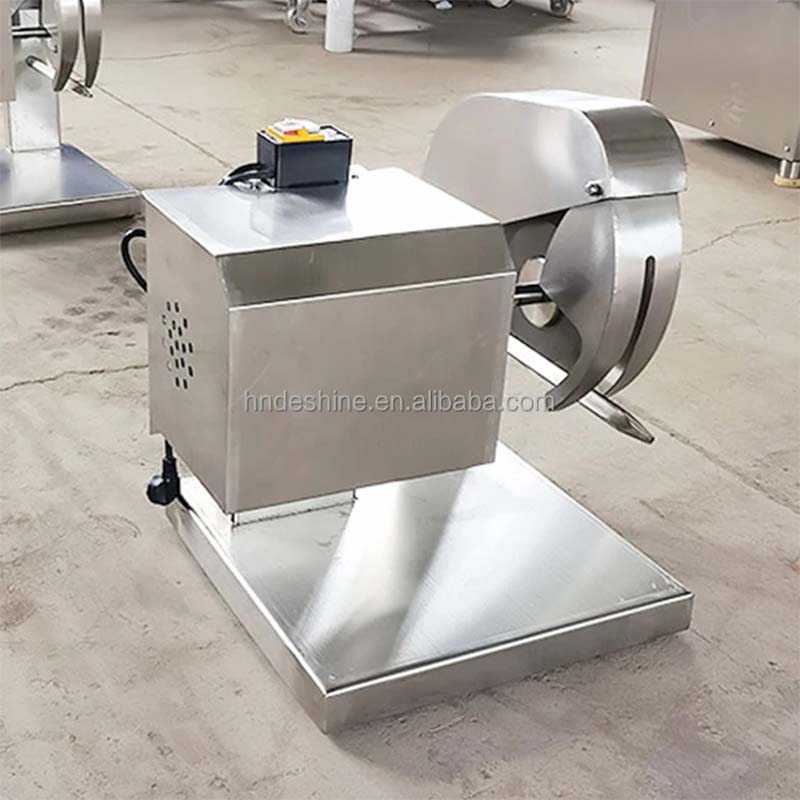Understanding the Benefits and Mechanisms of Evaporative Pad Cooling Systems for Efficient Cooling
Dec . 04, 2024 10:18 Back to list
Understanding the Benefits and Mechanisms of Evaporative Pad Cooling Systems for Efficient Cooling
Understanding Evaporative Pad Cooling A Sustainable Solution for Efficient Cooling
As global temperatures rise and air conditioning demand increases, innovative cooling solutions become paramount. One such solution is evaporative pad cooling, a technology that not only efficiently cools air but also promotes sustainability by utilizing the natural process of evaporation. This article delves into the mechanics, benefits, and applications of evaporative pad cooling.
The Mechanism of Evaporative Pad Cooling
Evaporative cooling is based on the principle that water absorbs heat as it evaporates. In a typical evaporative cooling system, warm air is drawn through pads soaked with water. As the air passes through these pads, the water evaporates and absorbs heat from the air, lowering its temperature before the cooled air is circulated into a space.
Evaporative pads are typically made from materials such as cellulose, aspen fibers, or synthetic media that have large surface areas to enhance water absorption and evaporation rates. The effectiveness of the cooling system largely depends on various factors, including the humidity levels in the environment, the design of the pad, and the airflow rate.
Advantages of Evaporative Pad Cooling
1. Energy Efficiency One of the most significant advantages of evaporative pad cooling is its energy efficiency. Compared to conventional air conditioning systems, which often consume vast amounts of electricity, evaporative coolers require significantly less power to operate. This can lead to substantial cost savings, especially in dry and hot climates where the technology is most effective.
2. Sustainability Evaporative cooling is an environmentally friendly alternative to traditional cooling methods. It uses less energy and relies on water as the primary cooling medium. This not only reduces greenhouse gas emissions associated with power generation but also helps in conserving energy resources.
evaporative pad cooling

3. Improved Air Quality Unlike conventional air conditioning systems that recirculate indoor air, evaporative cooling systems bring in fresh outdoor air, which can lead to improved ventilation and indoor air quality. The increased airflow can help reduce concentrations of indoor pollutants, providing a healthier living or working environment.
4. Low Maintenance Evaporative coolers generally require less maintenance compared to traditional HVAC systems. They have fewer moving parts and do not rely on refrigerants, which often require periodic replacement and disposal. Regular cleaning and pad replacement are typically sufficient to keep these systems operational.
5. Cost-Effectiveness Initial installation costs for evaporative cooling systems can be lower than those for traditional air conditioning systems. Additionally, ongoing operational costs tend to be lower due to reduced energy consumption. This makes evaporative cooling a cost-effective option for homeowners and businesses alike.
Applications of Evaporative Pad Cooling
Evaporative pad cooling is versatile and can be used in various applications. It is commonly employed in residential settings, especially in areas with dry climates where humidity levels are usually low. Additionally, commercial buildings, warehouses, and greenhouses benefit from this cooling method, as it effectively regulates temperatures while maintaining adequate moisture levels in the air.
Agricultural operations, particularly in livestock management, also utilize evaporative cooling systems to keep animal housing comfortable, thereby improving animal welfare and productivity. Furthermore, evaporative cooling technology is increasingly being integrated into industrial processes that require controlled temperature and humidity levels.
Conclusion
In an era where climate change and resource conservation are at the forefront of global concerns, evaporative pad cooling presents a promising alternative to traditional cooling systems. Its energy efficiency, sustainability, and ability to improve indoor air quality make it an attractive choice for both residential and commercial applications. As technology advances, the efficiency of evaporative cooling systems is expected to improve further, making this natural cooling solution an integral part of future climate control strategies. Embracing such sustainable cooling methods can lead to a healthier planet while providing comfort and cost savings for consumers around the world.
-
Hot Sale 24 & 18 Door Rabbit Cages - Premium Breeding Solutions
NewsJul.25,2025
-
Automatic Feeding Line System Pan Feeder Nipple Drinker - Anping County Yize Metal Products Co., Ltd.
NewsJul.21,2025
-
Automatic Feeding Line System Pan Feeder Nipple Drinker - Anping County Yize Metal Products Co., Ltd.
NewsJul.21,2025
-
Automatic Feeding Line System - Anping Yize | Precision & Nipple
NewsJul.21,2025
-
Automatic Feeding Line System - Anping Yize | Precision & Nipple
NewsJul.21,2025
-
Automatic Feeding Line System-Anping County Yize Metal Products Co., Ltd.|Efficient Feed Distribution&Customized Animal Farming Solutions
NewsJul.21,2025






